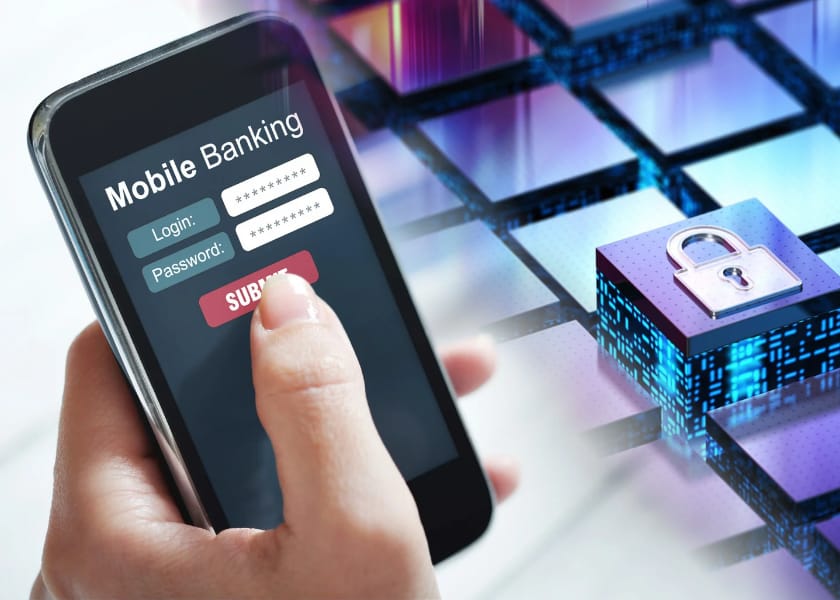Have you ever wondered how banks keep your money safe while you access your account through mobile apps? However, mobile banking has become an essential part of our daily lives. Whether you’re transferring money, paying bills, or checking your account balance. It all happens through mobile banking apps. But how do we ensure that these apps are secure and that your sensitive data remains protected? This is where SAMA mobile banking compliance comes in.
SAMA has provided milestones to increase confidence and safety in the use of mobile banking services within the Kingdom of Saudi Arabia. In this blog post, we are going to discuss what the precautions are that SAMA mobile banking compliance has in place to safeguard users.
What is SAMA Mobile Banking Compliance
SAMA compliance concerning mobile banking merely indicates those policies that have been set to encourage the secure operations of mobile banking systems in KSA. However, the following is aimed at regulating:
- User data
- Transaction security
- Operational integrity
SAMA makes the mobile banking apps easy to utilize and use, and at the same time enhances the security of the customers.
What is the Importance of SAMA Mobile Banking Compliance?
Mobile banking is another method of delivering various financial services to the customers with the help of his/her mobile phone. Moreover, it also exposes the possibility of other different security dangers such as:
- Data breaches
- Cyberattacks
- Fraudulent activities
Through the adoption of SAMA regulations, mobile apps, banks ensure the safe conduct of all the mobile banking transactions. So these generally apply in reducing fraud, safeguarding user information, and promoting a healthier relationship between the customers and the financial institutions.
Key SAMA Mobile Banking Guidelines
Working to standardize the guidelines of mobile banking services, SAMA has developed specific rules that have to be complied with. So these are the following:
1. User Authentication and Access Control
However, it is worth admitting that user authentication is one of the most important challenges of mobile banking compliance. Thus, some measures shall be taken by banks to have the following:
- Strong passwords
- Two-factor authentication (2FA)
- Biometric authentication (such as fingerprint or face recognition)
This helps to ensure that only the rightful owner of the account has access thereto in the absence of the said owner, such that there is little risk of counterfeit.
2. Secure Data Transmission
SAMA requires banks to use advanced encryption techniques to protect information and ensure that all communication between users and banks via smartphone applications remains encrypted, preventing hacking of the transmission.
- Account numbers
- Transaction details
- Personal information
3. Regular Security Testing and Vulnerability Assessment
Mobile banking apps require the computation of Security Testing and Vulnerability Assessment, which enables the banks to carry them out from time to time. So SAMA requires financial institutions to:
- Conduct regular penetration tests
- Use up-to-date security protocols
- Moreover, address vulnerabilities promptly
Hence, these tests are useful in determining the vulnerable points and rectifying them before that information falls into the wrong hands.
4. Fraud Detection and Monitoring
SAMA mandates that banks implement fraud detection systems within their mobile banking apps. This ensures that the system detects any suspicious or illicit activities, occurrences, or movements in the shortest time possible. It includes:
- Large transfers
- Multiple login attempts
- Transactions from unknown locations
This is important as it will help the banks to contain any loss resulting from fraud, or instances of identity theft.
5. Privacy and Confidentiality of Customer Data
Protection of the client’s data is one of the most crucial aspects of SAMA mobile banking compliance. Banks also need to take measures to maintain the confidentiality of all the information that relates to the customer. Moreover, also ensures that the information is used in only the permitted manner. SAMA requires institutions to:
- Adhere to data privacy laws
- Notably, organizations should ask for customers’ permission before gathering their personal information.
- They must also ensure that both the data stored and the data being transmitted are protected.
6. Incident Reporting and Response
In case of a security breach or incident, financial institutions are required to report it to SAMA immediately. So banks must have an incident response plan in place to quickly address security threats and mitigate their impact on customers. This helps the team address any breach swiftly and minimize disruption.

SAMA Compliance for Mobile Banking in Saudi Arabia
SAMA regulations are established to protect the users involved in mobile banking services in Saudi Arabia. However, the above set of regulations is not only within the sphere of security, they are about building customers’ trust.
Impacts Of SAMA Compliance To Consumers
SAMA mobile banking compliance aims to prevent fraud, identity theft, and data breach occurrences among its users. So the following are the benefits that accrue to a user with SAMA regulations:
- Be confident that their information is protected
- They should have confidence in the use of their mobile devices in making transactions.
- Moreover, perform banking activities without contracting or worrying about cyber vandalism
They also assist the users to embrace the awareness of the existing threats and lead them to the right practices to protect their data.
Challenges in Achieving SAMA Mobile Banking Compliance
Nonetheless, it is easy to understand why the SAMA guidelines can be somewhat difficult to implement. Therefore, some common hurdles include:
1. Balancing User Experience and Security
However, it should also not be made a big issue whereby the usability is the one to suffer. However, clients do not like complicated authentication methods and this can be a disadvantage. The problem is that while making a system secure, banks have to ensure that they make it as easy to use as possible.
2. Keeping Up with Evolving Threats
Mobile baron apps must be aware of the threats that are occurring frequently due to the advanced evolution in the technology. So there are always arising new trends in unlawful activities in the financial sectors. Thus, the institutions need to keep on updating their systems to outcompete the hackers.
3. Costs of Compliance
Random audits, as well as measures to ensure security in the provision of such services, are expensive. However, in the long run, the decrease in fraud and increased customer confidence has some advantages for most banks.
Conclusion
Mobile banking has already emerged as an important concept, and so is the concept of SAMA mobile banking compliance to making the services credible in Saudi Arabia. With SAMA’s guidelines, banks can:
- Protect customer data
- Prevent fraud and cyberattacks
Moreover, to do this, the following objectives are designed to ensure secure, user-friendly mobile banking experiences
For users, these regulations provide peace of mind, knowing their financial information is safe. Moreover, for banks, it’s an opportunity to demonstrate trustworthiness and stay ahead of potential threats. So are you ready to use mobile banking with confidence? Thanks to SAMA mobile banking compliance, you can safely manage your finances wherever you are!






